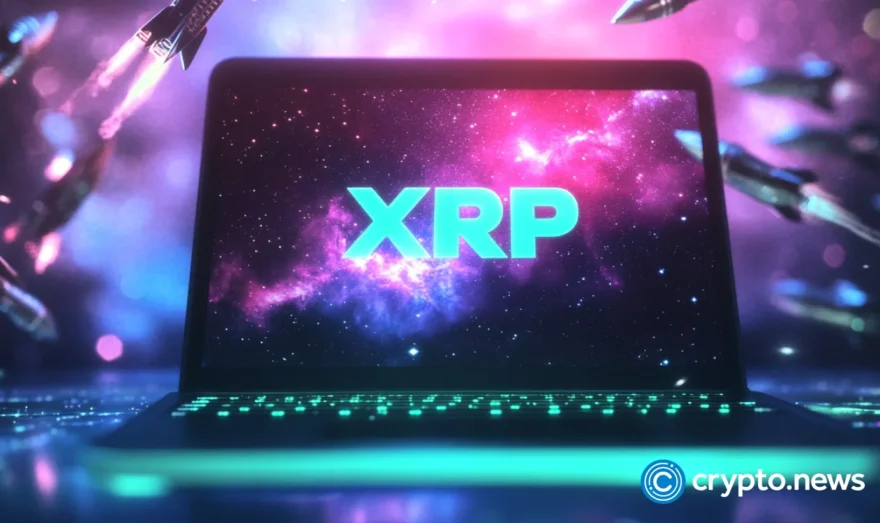Mexican billionaire Ricardo Salinas blasts European cryptocurrency outlook, compares Europe to a zoo

In the Feb. 6 episode of the Lunaticoin podcast, the third richest businessman in Mexico Ricardo Salinas criticized Europe for leaning towards Central Bank Digital Currencies and having weak investment vitality.
During the podcast episode, Grupo Salinas, founder and author of the book The Bitcoin Enlightenment: Ending the Fiat Dark Age, Ricardo Salinas, compared Europe to a museum, saying that nothing happens there and it has a weak investment climate.
He criticized European regulators for preparing to enforce CBDCs on residents, whom he compared to animals kept in the cages of the zoo. Salinas said that the way out for them is Bitcoin, which can help them abstract from unfavorable conditions and move their values to a different universe.
Table of Contents
Does Salinas’ remarks reflect the actual situation in Europe?
While Salinas is obviously not impressed with the way Europe is tackling the crypto sector, some media outlets present the situation quite oppositely and call Europe a “global standard-setter” in crypto regulation, not a zoo. Such divergence between perceptions is explained by the differences in values. The EU regulators seem to care more about eliminating the risks that come with cryptocurrencies. Salinas is more interested in the opportunities associated with cryptocurrency, and the cautious and conservative approach of the EU doesn’t match his vision.
Europe is aimed at bringing order to the Wild West of the modern-day crypto sector. The EU regulators strive to ensure no fraud or deception is possible within the crypto space. However, they don’t shy away from using the new opportunities introduced by crypto too. Different countries of Europe had different approaches to crypto, but mostly, they were not that prohibitive, letting individuals and institutions experiment with the new technology. In 2021, Europe shared the largest portion of the crypto trading volume, while an open banking framework facilitated involvement in the crypto economy. At that time, U.S. institutions were facing debanking for using crypto. Estonia, where voting and healthcare data management use blockchain-based solutions, is an outstanding example of leading the world in terms of blockchain adoption.
Probably what makes Salinas critical about the EU approach to crypto is the upcoming adoption of the EU CBDCs. Since 2021, the EU regulators have been working on creating a legal framework to launch Digital Euro, something that Europe is going to feed its residents in the zoo cages, according to Salinas.
Crypto maxis, alongside the U.S. government, generally don’t approve of the very idea of CBDCs as they see it as a threat to privacy. Europe is following the steps of China, a country where the digital yuan is already in circulation. Russia is going to introduce the digital ruble in the summer of 2025. CBDCs are the way to use blockchain to boost the efficiency of traditional currencies.
Retail CBDCs will complement cash, while wholesale CBDCs will foster interbank and securities transactions. With the digital euro the EU, where most countries rely on foreign credit card providers, will gain more control over transactions as they will switch to the European payment system.
Digital euro will reduce costs by eliminating intermediaries in the transactions, automating and decentralising the payment system, making it more stable, human error-free, working 24/7, and facilitating transparency. The latter is something that can be seen differently, as privacy proponents don’t want to share their transaction data with the government. More than that, even if the government itself isn’t misusing this data and doesn’t censor transactions, the data may get stolen and misused by someone else.
Historical examples of CBDCs implemented in China, Nigeria, and Venezuela are hardly inspiring. However, Europe has a chance to set a new quality threshold.
CBDCs increasingly becoming less popular
A new survey from the Official Monetary and Financial Institutions Forum and Giesecke+Devrient reveals that although most of the central banks are still working on CBDC projects, 30% of them delay the adoption. What’s more important, recently, around 15% of the central banks have turned against the idea of launching CBDCs at all. It speaks well with the recent ban on the U.S. CBDC program.
The main reasons for hesitation are privacy concerns, the poor experience of the countries that already launched CBDCs, and the low interest of the residents. Europe, however, will hardly introduce its CBDC program before India, Brazil, and Russia, whose projects are expected to materialize soon.














